Sightseeing
You can never run out of tourist attractions in Philadelphia. Historical places and museums are always in the forefront. The city center has the larger chunk of historical places; although, you may want to walk through the city’s neighborhoods to get a glimpse of the old world.
The City Hall lies in the heart of the city. The Independence National Historical Park is located on Market Street. It houses the renowned Liberty Bell, Independence Hall, and National Constitution Center. Penn’s Landing is toward the end of the street.
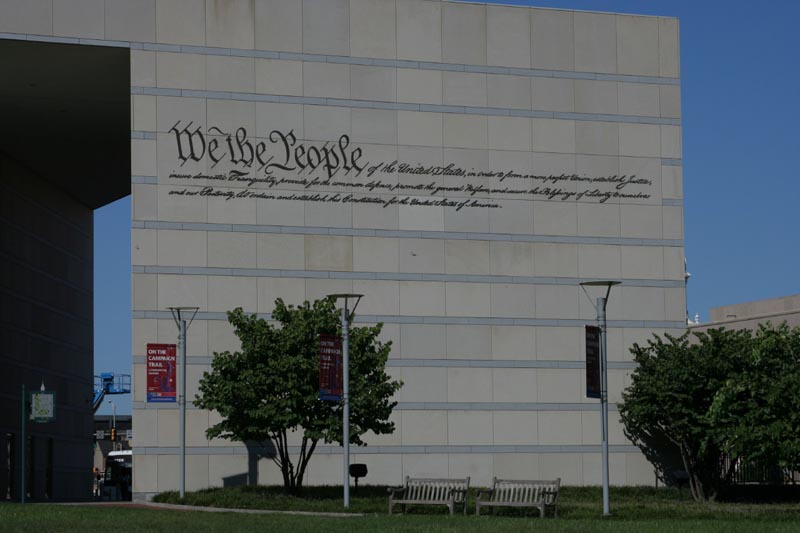
Christ Church and Elfreth’s Alley are located in the Old City Cultural District, which is to the north of Market Street. Elfreth’s alley is the oldest residential street in America dating back to 1713. Society Hill lies to its south. The South Street is famous for the restaurants and nightlife.
The Convention Center District circles the City Hall hub. Chinatown, Reading Terminal Market, the business center, departmental stores, and retail shops are located in this district. Also, the myriad-colored Washington Square and upscale Rittenhouse Square lie in the neighborhood. Also famous is the Philadelphia Museum of Art, which is accessible from the Benjamin Franklin Parkway.
On the banks of the Schuylkill River, lies the famous Fairmount Park. The Avenue of the Arts showcases some of the finest art talent. South Philadelphia and Italian Market, too, lie in close proximity.
The Greater Philadelphia Tourism Marketing Corporation and the Independence Visitor Center are two sources where you can get all the information you need. The Independence Visitor Center keeps you up-to-date on the various local 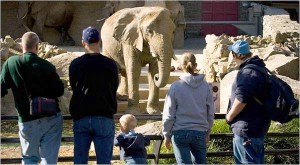 events and attractions. The computers can guide you in creating your own itinerary. You can even book tickets to art galleries and make reservations at the best restaurants in town. Heritage tours, too, are gaining in popularity.
events and attractions. The computers can guide you in creating your own itinerary. You can even book tickets to art galleries and make reservations at the best restaurants in town. Heritage tours, too, are gaining in popularity.
The City Pass allows you to access six destinations at no extra cost: Franklin Institute Science Museum, Adventure Aquarium, Philadelphia Zoo, Philadelphia Trolley Works, National Constitution Center, and a choice between the Academy of Natural Science and the Independence Seaport Museum. The pass is valid for nine days. One-day passes are also available, entitling you to discounts.
Top Attractions
- Independence National Historical Park:
The park is home to major historic attractions, dating back to the American Revolution. Most of the historic sites are free of charge. Get a brief introduction of the history of the city at the Independence Visitor Center. Video tours enable you to get a glimpse of the city. The National Constitution Center and Independence Hall are the highlights of the park. The Declaration of Independence was signed in the Independence Hall. Park rangers can be of tremendous help in exploring the hall and grounds of the park. The Liberty Bell Center is home to the bell that was sounded while the Constitution of America was publicly read for the first time. The bell later became a symbol during the anti-slavery movement.The park is spread over 45 acres. Nearly 20 public buildings are situated within, including Old City Hall, the former US Supreme Court, Carpenter’s Hall, and the First Continental Congress.
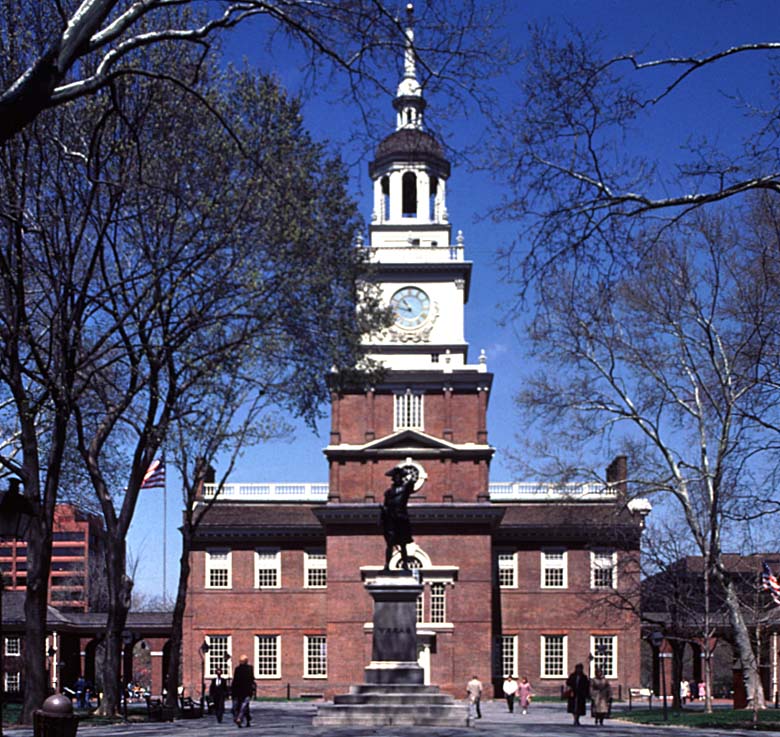
- Christ Church:
Christ Church is the first Protestant Episcopal Church of the country. Among the worshippers were George Washington, Benjamin Franklin and 15 other members who signed the Declaration of Independence. It is interesting to know that the Church was funded by renting out the pews. Though erected in 1695, the church was made grandiose after the renovation work in 1727. The architecture is simple and elegant. The humungous arched windows were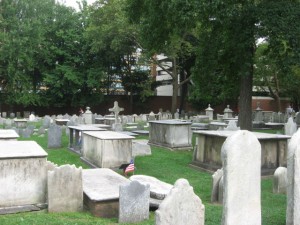 designed keeping the parishioners in mind. The 67-metre high steeple was added in 1754. The church was the tallest structure in the country till 1829.
designed keeping the parishioners in mind. The 67-metre high steeple was added in 1754. The church was the tallest structure in the country till 1829. - Christ Church Burial Ground:
The Christ Church Burial Ground is three blocks away from the church. It is situated on Fifth and Arch Streets. The burial ground is the resting place of famous Americans, including Benjamin Franklin and Dr Benjamin Rush. Guided tours are available every hour. - Elfreth’s Alley:
Elfreth’s Alley, the cobblestone street, is the oldest occupied residential street in America. The alley is located off Second Street and between Arch and Race Streets. Jeremiah Elfreth, a blacksmith, is credited for the creation of the tiny brick row houses. These houses were initially rented out to artisans and seamen. The queer looks of the buildings resemble a movie set. However, in reality they are private homes. The area that houses the Elfreth Alley Museum is the only public space in the alley. The museum has documented the history and culture of the early 18th century life. The Fete Day sees travelers in large numbers attending the street plays and historical reminiscences.
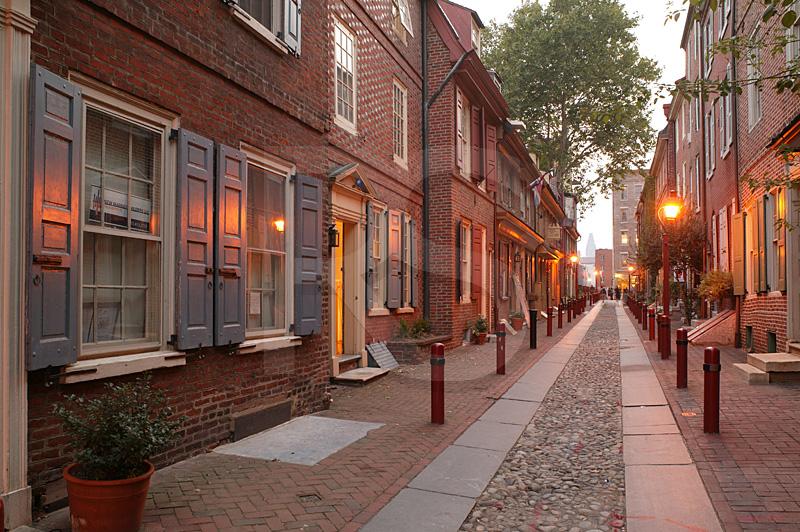
- Betsy Ross House:
Betsy Ross, a famous patriot, is known to have sewn the first American flag. Some scholars seem to suggest otherwise. However, her home has been converted into a national museum. The museum throws light into the lives of individuals belonging to the working, especially during the colonial era. The history of the American flag, too, is elaborated. The audio tour comes with a charge. However, it gives you your money’s worth, elaborating the history of the house and the life of Betsy.
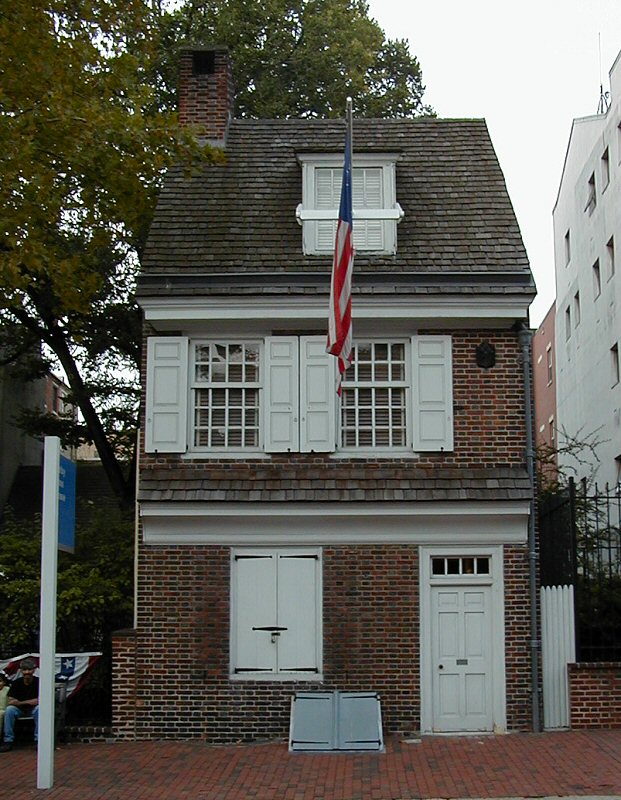
- Franklin Court:
Benjamin Franklin breathed his last in this court. The court is part of the National Historical Park. The house was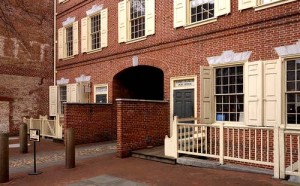 demolished. However, it has been replaced by a steel structure, which is commonly called the ‘ghost house’. The modern house has been designed by Robert Venturi. The Underground Museum shows exhibits of Franklin’s life as a statesman and scientist. The museum also shows his inventions and a portrait gallery is dedicated exclusively to him. Franklin Court Printing Office, which served as a print shop, faces Market Street. Also famous is the B Free Franklin Post Office.
demolished. However, it has been replaced by a steel structure, which is commonly called the ‘ghost house’. The modern house has been designed by Robert Venturi. The Underground Museum shows exhibits of Franklin’s life as a statesman and scientist. The museum also shows his inventions and a portrait gallery is dedicated exclusively to him. Franklin Court Printing Office, which served as a print shop, faces Market Street. Also famous is the B Free Franklin Post Office.
- National Constitution Center:
This museum has brought to life the Constitution of the United States with its interactive exhibits. The multimedia show features ‘Freedom Rising’ and actors, film, and music. The glorious moments of the past are highlighted with emphasis on independence and the Constitution of America. Some exhibits allow visitors to vote for their favorite American President. You can also get the feel of the Supreme Court. In addition, do a mock swearing-in as the President of the United States. - Penn’s Landing:
William Penn, the founder of the city, set foot in America in 1682. The waterfront along the Delaware River marks the spot. The place witnesses a range of musical and cultural activities. The fourth of July is particularly grand with an amazing display of fireworks. Restaurants and pubs bring to life the nightlife of the city. The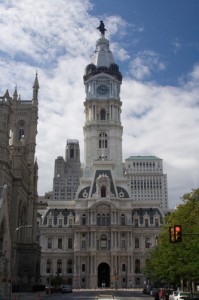 Independence Seaport Museum serves as a maritime museum with live displays. The popular exhibits highlight the immigration history of the city. You also stand chance to visit USS Olympia, an 1892 cruiser, and the World War Two submarine named Becuna. Penn’s landing serves as the point of departure to reach Adventure Aquarium in Camden.
Independence Seaport Museum serves as a maritime museum with live displays. The popular exhibits highlight the immigration history of the city. You also stand chance to visit USS Olympia, an 1892 cruiser, and the World War Two submarine named Becuna. Penn’s landing serves as the point of departure to reach Adventure Aquarium in Camden. - City Hall:
Philadelphia is home to the largest town hall in the United States. The hall was designed by John McArthur and Thomas U. Walter. The City Hall took 30 years to complete and was the city’s tallest building till 1987. The central tower of the hall reaches 167 meters in height. The hall has an open courtyard that connects Broad Street and Market Street. A 37-foot bronze statue of William Penn adorns the hall. The famous sculptor Alexander Milne Calder designed the statue. The observation deck of the statue gives some stunning panoramic views. Utilize the 90-minute guided tour to catch a glimpse of the elegant public rooms, including the Conservation Hall and the Mayor’s Reception Room. - National Liberty Museum:
The museum harbors ideas such as liberty, diversity, and bravery. The museum makes the ideals of human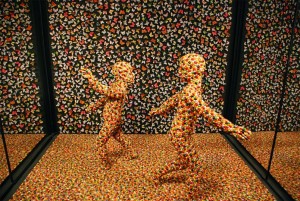 nature much more concrete through interactive exhibits. The glass sculptures are, particularly, famous. Dale Chihuly’s ‘Flame of Liberty’ is worthy of mention. Harvey Littleton’s ‘Shattered Lives’ gives us a glimpse into the destructive capabilities of a single bullet. ‘Jelly Bean People’ breaks the barriers of race and creed.
nature much more concrete through interactive exhibits. The glass sculptures are, particularly, famous. Dale Chihuly’s ‘Flame of Liberty’ is worthy of mention. Harvey Littleton’s ‘Shattered Lives’ gives us a glimpse into the destructive capabilities of a single bullet. ‘Jelly Bean People’ breaks the barriers of race and creed.
- Lights of Liberty Show:
Get a glimpse into the American Revolution with modern technology. This presentation, mobile and rich in sound and light, travels through Independence National Park. Images are projected on historic buildings, the actual site of the events. Travelers are also provided with headsets that play background music and special effects. The drama is available in five international languages. - Pennsylvania Academy of the Fine Arts:
This center was founded in the year 1805. Charles Willson Peale and other contemporary artists were its visionaries. This academy served as America’s first art school and museum. The gothic building was opened in 1876, commemorating the Centennial. The building was designed by Frank Furness and is now a National Historic Landmark. The academy is home to some of the country’s finest paintings and sculpture. In addition, there are exhibits of contemporary art by students and faculty members.
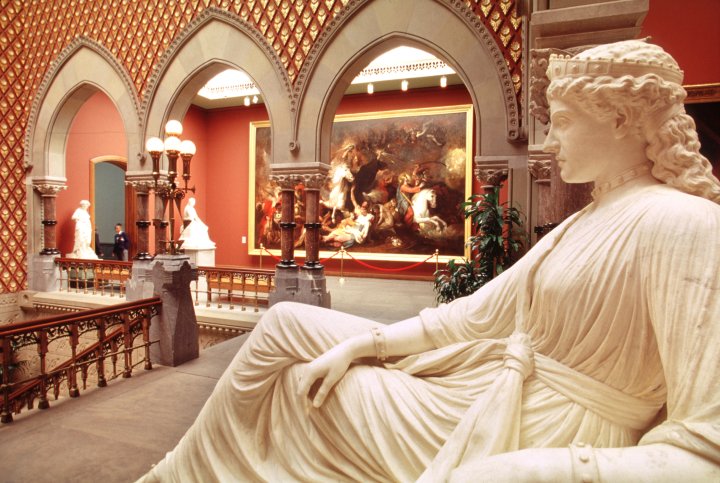
- Philadelphia Museum of Art:
This grand, neoclassical building is nestled on top of a hill, west of Center City. The museum has some majestic views of the Benjamin Franklin Parkway and City Hall. The steps that lead to its entrance are famous as they were used in the filming of the 1976 film ‘Rocky’. The art collections of the museum are of prime importance. More than half a million paintings, sculptures, and artifacts that span more than 2000 years include works from Asia and Europe. The American art collection, with emphasis on Pennsylvania Dutch and Shaker furniture, is the highlight of the museum. The European collection, from medieval art to French impressionists, too is elegant. There are tours beginning every hour in the museum. Friday evenings are special due to the program ‘Art after Five’. The program features live music and cocktails and drinks.

- Rodin Museum:
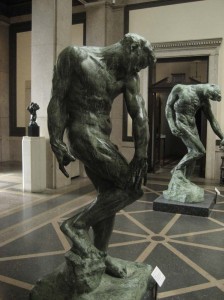
The Rodin Museum is affiliated to the Philadelphia Museum of Art. The museum features the works of Rodin and is the second-largest after Paris. Some of Rodin’s greatest works, such as casts of ‘The Thinker’ and ‘The Kiss’, are housed in the museum. ‘The Burghers of Calais’ and ‘Gates of Hell’ are other famous works. - Institute of Contemporary Art:
This institute is the city’s main avenue for the modern developments in visual arts. It is situated at the University of Pennsylvania. The art exhibits feature both new and famous artists. Some of the world’s most controversial artwork is housed in the institute.


Comments